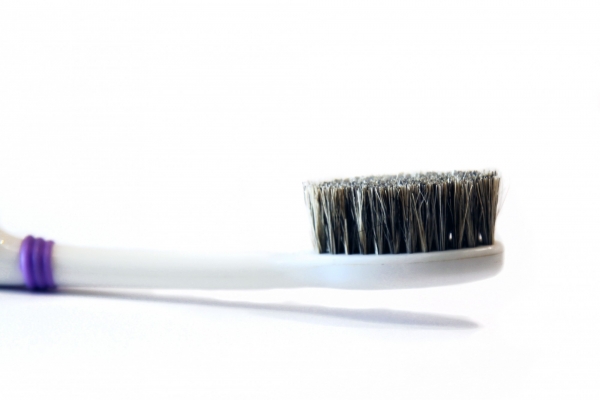
We have been fashioning tools for keeping our mouths clean for a very long time, with the earliest ones dating back to 3500BC. These first artefacts for oral hygiene were not toothbrushes as we currently know them, but chewing twigs, toothpicks or rags soaked in salt or soot. The first recognisable bristle brushes were developed in China between 1000 and 1400CE and were made from hog and horse hair embedded in bone.
In Europe we lagged behind in the oral hygiene department, with the first toothbrushes appearing from the 18th century, along with a rise in consumption of refined sugar and a Victorian obsession with personal hygiene. Pig bristles were used for cheaper brushes and badger hair for the high-end. However, animal hair isn’t the ideal material for the job: being porous, it absorbs water and retains bacteria. Following the invention of nylon in the 1930s, animal hair was replaced with more hygienic synthetic bristles, and celluloid handles replaced bone.
Toothbrushes with natural bristles have become popular again in the face of concern about plastics in the ocean: toothbrushes are now made from at least 4 types of co-moulded plastics that cannot easily be separated for recycling. Fully biodegradable toothbrushes exist, but does this composite of plastics and animal products actually represent the worst of both worlds? It’s obviously not vegan, and some dentists claim animal bristles are too abrasive for our teeth. Would you put this in your mouth?
Sample ID: 1343
Add materials you find interesting to your own selections.
Use the  button to select a material and get started.
button to select a material and get started.


